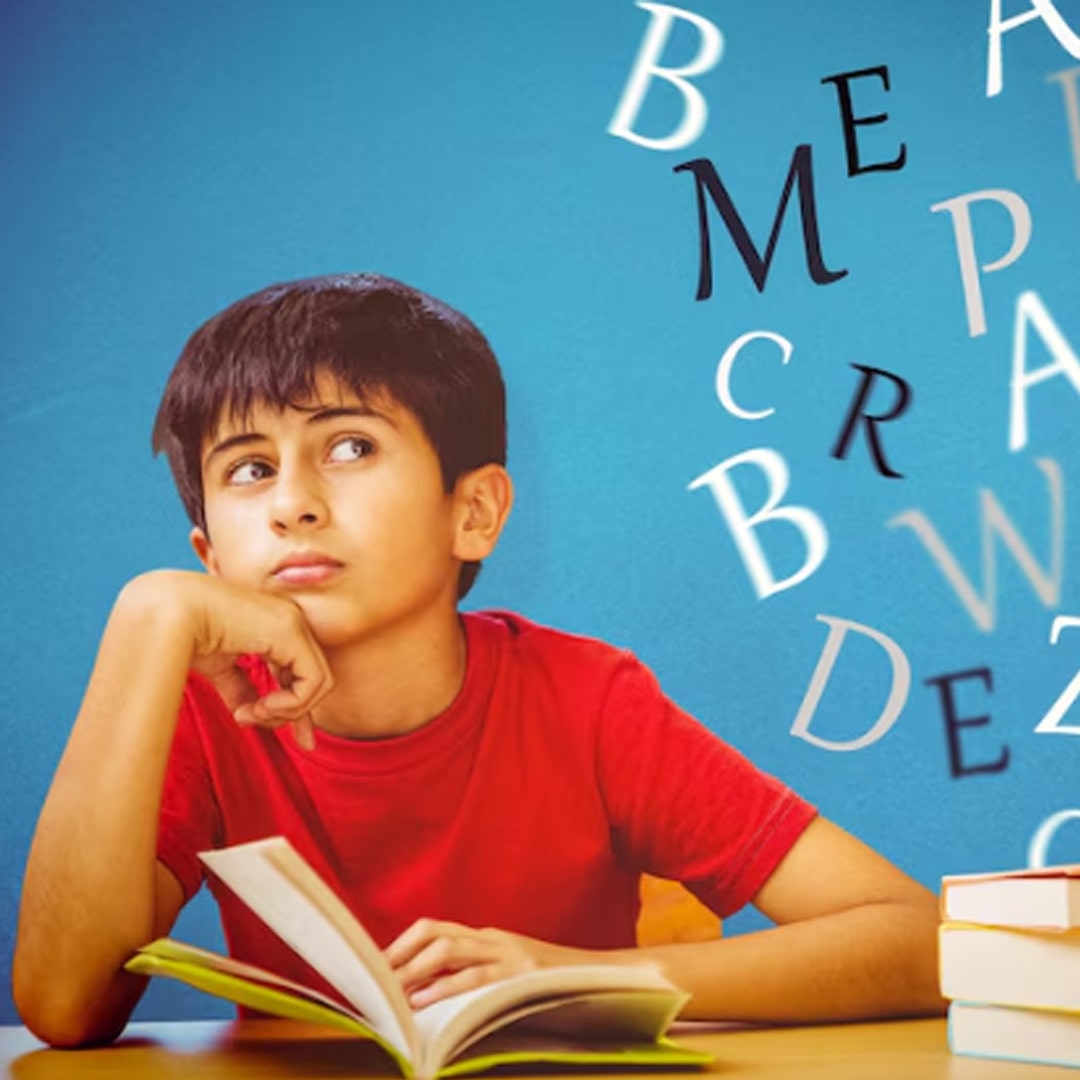Please enter the code we just sent to whatsapp 91-11-46710500 to proceed
Didn't Receive OTP?

Phonics is a method that teaches reading and writing to the kids. It focuses on the relationship between sounds and their spellings. Phonics reading starts with identifying letters by their sounds then progresses to blends, digraphs, and other letter combinations.
Phonics rules not only teach reading strategies through sounds but also spelling patterns. Learning phonics rules helps children read new words and spell better.
Phonics and spelling rules will help kids become great readers and spellers. To unlock the magic of reading and spelling, here are 15 import rules to master!
To spell out words easily, it is important to break them down into syllables first.
Syllable is part of a word having one vowel sound with or without consonants on either side. It’s like the beat of the word.
Tip – You can use the humming sound to break down syllables.
For example: Cactus, Basket, important, helicopter.
A syllable is said to be an “open syllable” when it
ends with a vowel or there is no consonant after the vowel. Then the vowel makes a long sound.
For example : Me, She, Unit, Open, Tiger.
A syllable is said to be a “closed syllable” when it ends in a consonant or the vowel is closed in by a consonant. Then the vowel makes a short sound.
For example : Cut, Mat, Van, Tub, Picnic.
When a word ends with a silent “e,” it usually changes the sound of the preceding vowel from a short vowel sound to a long vowel sound. For example, in the word “cap,” the “a” has a short vowel sound, but in the word “cape,” the “e” at the end makes the “a” say its name, resulting in a long vowel sound.
For example : “man” becomes “mane”, “cut” becomes “cute”, “ rob” becomes “robe” and “pin” becomes “pine”.
When a one-syllable word with a short vowel ends in a /f/, /l/, /s/, or /z/ sound double the /ff/, /ll/, /ss/, or /zz/.
For example : Cliff, buzz, bell, chess, puff.
Generally, words ending in the /k/ sound are spelled with a “ck” after a short vowel, like in “back”. However, words ending in the /k/ sound after a consonant are usually spelled with just a “k,” like in “milk”.
For example: Stick, luck, rock, pink, silk, think.
In English, when the letter “c” is followed by a, o, or u, it typically makes the /k/ sound.
For example: cat, cub, come, candy, cute.
When letter “c” is followed by e, i, or y, it usually makes the /s/ sound hence letter “k” is used instead of “c” before the vowels “i” and “e” to make the /k/ sound.
For example: king, key, kite, kitten.
The combination “tch” is used after a short vowel sound.
For example: watch, fetch, match, hutch.
The single letter “ch” is used after a consonant or a long vowel.
For example: torch, pinch, march, beach, lunch.
If a single syllable word, after a short vowel is followed by /j/ sound, we write ‘dge’
For example: fudge, bridge, edge, judge.
But if a long vowel or a consonant is followed by /j/ sound, we write ‘ge’
For example: huge, cage, change, large.
When a word has two syllables, and you hear a short sound in the first syllable, focus on the sound after the vowel. If the short sound in the first syllable is followed by a consonant sound, and is followed by another vowel, we double the consonant.
For example: Kitten, puppet, gossip, tennis, summer .
When adding a suffix that begins with a vowel to a word that ends in a silent “e,” drop the “e” before adding the suffix.
For example: “hope” becomes “hoping” , “write” becomes “writing” and “love” becomes “loving”
When adding a suffix to a word that ends in a single vowel followed by a single consonant, double the final consonant if both of the following conditions are met: the word ends in a single consonant preceded by a single vowel, and the accent is on the final syllable.
For example, “hop” becomes “hopping” and “run” becomes “running.”
Some words have silent letters that are not pronounced but affect the spelling.
For example : the “k” in “knight” and the “b” in “doubt” and the “w” in “wrong”
When the letter c is followed by the vowels e, i, or y, it usually makes its soft sound.
For example: city, cent, circus, rice, princess.
Similarly, when the letter g is followed by the vowels e, i, or y, it usually makes its soft sound. For example: gel, giant, gym, cage, giraffe.
When a vowel is followed by the letter “r,” it is often controlled by the “r” and does not make its regular sound.
For example: park, hurt, shirt, letter, curve, dirt.
The schwa is a short, unstressed vowel sound. It is often spelled with the letter “a” in unstressed syllables. The schwa sound can be spelled with any vowel letter in English, which can make it challenging to recognize and pronounce. However, being aware of the schwa sound and its common spellings can help improve children’s understanding of English words.
For example: sofa, class, banana, elephant comma.
Understanding these phonics spelling rules can enhance a child’s ability to decode and spell words, thereby improving his reading and writing skills. These rules serve as guidelines for spelling the words correctly. Thus, by remembering these spelling rules, children can boost their spelling confidence and enhance their writing. Skills.
Shape Your Kid's Future with Bambinos Classes | Bambinos.live India's No. 1 English Communication Platform For Kids | Book a Free Class Now